This model itinerary, which is just a short trip from Fukuoka, will take you to plenty of photogenic spots in Hiroshima and Okayama prefectures that are perfect for social media. Enjoy a trip full of photogenic moments, including beautiful natural scenery, art, historic townscapes, gourmet food, and shopping!
Required time
2 nights and 3 days course
Transportation
train Train
|
directions_car_filled Car
|
directions_bus_filled Bus
|
directions_walk On foot
|
directions_boat Ferry
train
Approximately 6 minutes by subway from Fukuoka Airport to Hakata Station
train
About 1 hour by Shinkansen
train
Approximately 25 minutes from Hiroshima Station to Miyajimaguchi Station on the JR Sanyo Main Line
directions_walk
Approximately 5 minutes on foot
4
Miyajimaguchi Ferry Terminal
directions_boat
Approximately 10 minutes by ferry
directions_walk
After arriving at Miyajima, walk for about 15 minutes
directions_walk
Approximately 10 minutes on foot
directions_walk
Approximately 5 minutes on foot
edit_note
The ride from Momijidani Station to the final destination, Shishiiwa Station, takes about 15 minutes, and you can enjoy the beautiful scenery of the four seasons from the sky. You can see the Seto Inland Sea, Itsukushima Shrine, and Hatsukaichi cityscape, and an even more spectacular view from the top of the mountain. Enjoy the natural beauty of Miyajima on a comfortable ride.
edit_note
About a 30-minute walk from the Shishiiwa Ropeway Station, enjoy hiking while also exploring spots along the way, such as the Reikado Hall, famous for its ever-lasting flame, the Misen Main Hall, Fudoiwa Rock, and Kuguriiwa Rock.
9
Mount Misen Observatory
edit_note
After exploring Mt. Misen, take the ropeway back down the mountain.
directions_walk
About 15 minutes walk from Ropeway Momijidani Station
10
Miyajima Omotesando Shopping Street
directions_walk
Approximately 3 minutes on foot
Miyajima will be lit up around Itsukushima Shrine. Escape the hustle and bustle of the day and enjoy the otherworldly sound of the waves echoing around Miyajima.
directions_walk
Approximately 10 minutes walk to the ferry terminal
13
Miyajima Ferry Terminal
directions_boat
Approximately 10 minutes by ferry
14
Miyajimaguchi Ferry Terminal
directions_walk
About 3 minutes walk to Miyajimaguchi Station
train
Approximately 11 minutes from Miyajimaguchi Station to Kuba Station on the JR Sanyo Main Line
directions_car_filled
Approximately 7 minutes by taxi
directions_car_filled
Approximately 7 minutes by taxi
train
Approximately 2 hours and 30 minutes from Kunami Station to Onomichi Station on the JR Sanyo Main Line
directions_walk
Approximately 3 minutes on foot
directions_walk
Approximately 13 minutes on foot
You can book the Senkoji Ropeway through Klook.
edit_note
About 3 minutes by ropeway from "Sanroku Station" at the base of the mountain
19
Senkoji Park/Top Observation Deck (PEAK)
directions_walk
Approximately 4 minutes on foot
directions_walk
Approximately 5 minutes on foot
directions_walk
Approximately 8 minutes on foot
22
Onomichi Ramen Ichibankan Main Branch
train
Approximately 35 minutes from Onomichi Station to Kasaoka Station in Okayama Prefecture on the JR Sanyo Main Line
directions_bus_filled
Approximately 10 minutes by bus from Kasaoka Station to Minohama Bus Terminal
directions_walk
Approximately 5 minutes on foot
23
Auberge Minohama Ryuseki
directions_car_filled
Approximately 7 minutes by taxi
24
Kasaoka Bay Farm Flower Garden
directions_walk
Approximately 15 minutes on foot
directions_bus_filled
Approximately 20 minutes by bus from Fukuura to Kasaoka Port
directions_walk
About 3 minutes walk from Kasaoka Port to Kasaoka Station
train
Approximately 30 minutes from Kasaoka Station to Kurashiki Station on the JR Sanyo Main Line
directions_walk
Approximately 13 minutes on foot
25
Kurashiki Bikan Historical Quarter
directions_walk
Approximately 4 minutes on foot
27
Hayashi Genjuro Shoten
directions_walk
Approximately 2 minutes on foot
28
Kurashiki Momoko Kurashiki main store
directions_walk
Approximately 1 minute on foot
29
Kurashiki Riverboat tour
directions_walk
Approximately 4 minutes on foot
directions_bus_filled
About 10 minutes by bus to Kurashiki Station
directions_walk
Approximately 10 minutes on foot
31
MITSUI OUTLET PARK KURASHIKI
edit_note
After enjoying Hiroshima and Okayama prefectures to your heart's content, head on to your next travel destination! From Okayama to Osaka, it's only a 45-minute bullet train ride away, so it's easy to get there. We recommend enjoying Osaka before returning home from Kansai International Airport!
Spots introduced in this itinerary
The contents on this page may partially contain automatic translation.


































![[2025 Latest] How to get from Fukuoka to Hiroshima quickly and cheaply? A thorough explanation of the Shinkansen, bus, and car transportation options!](https://resources.matcha-jp.com/resize/200x2000/2024/06/17-183825.webp)






![[2025 Latest] How to get from Osaka to Hiroshima quickly and cheaply? How to get there by Shinkansen, bus, and car](https://resources.matcha-jp.com/resize/720x2000/2024/05/16-180184.webp)















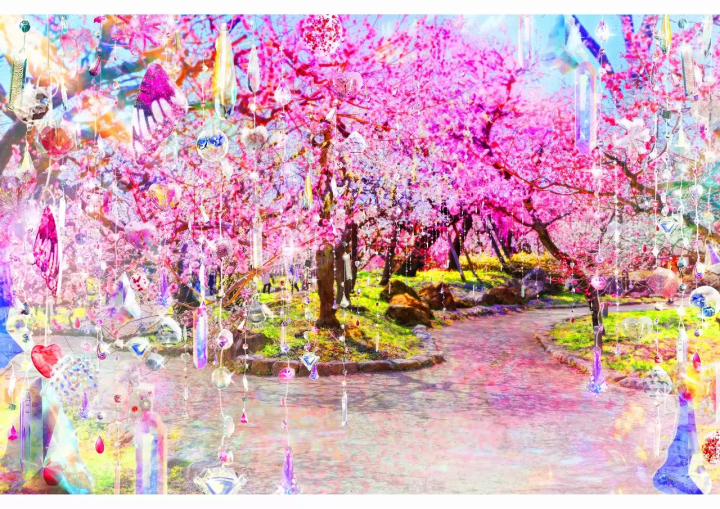
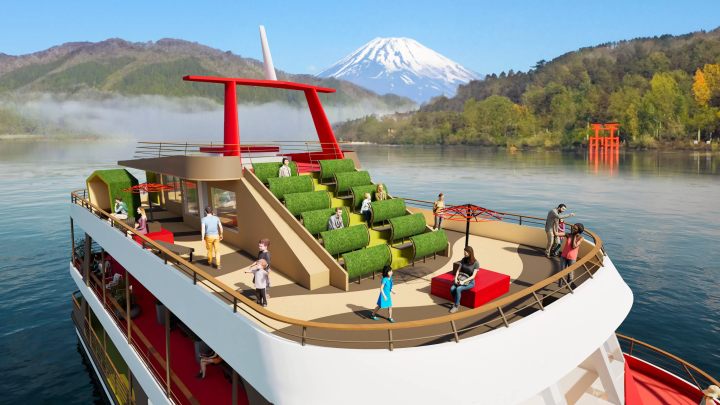

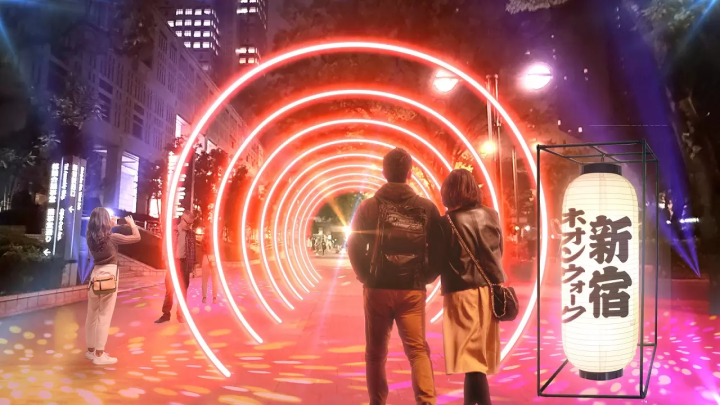







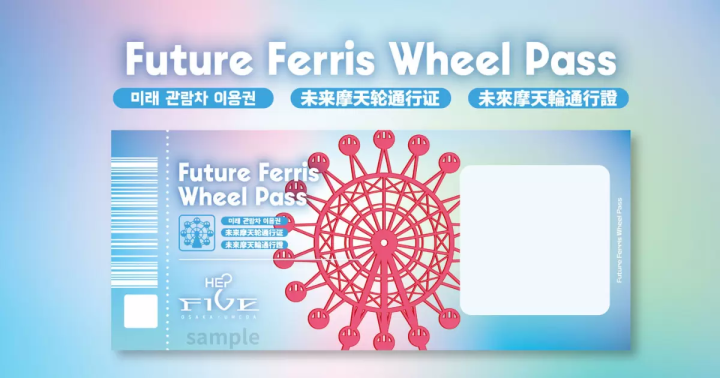
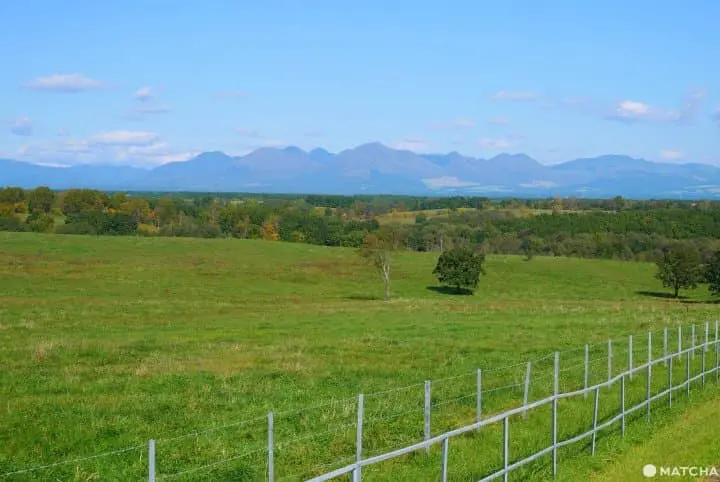
![[Coupon Available] Attention Overseas Winter Sports Fans! Nagano's Sports Depot Has Evolved](https://resources.matcha-jp.com/resize/720x2000/2026/01/05-254819.webp)